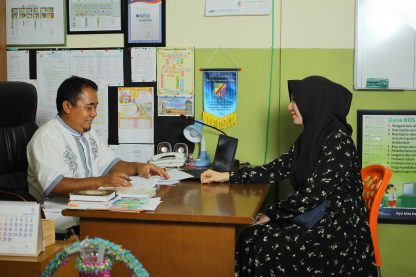Table of Contents
Safety Precautions for Different Age Groups
One of the most important aspects of babysitting is ensuring the safety of the children in your care. Different age groups require different safety precautions, as younger children may not have the same level of understanding or ability to follow rules as older children. For infants and toddlers, it is crucial to childproof the environment by removing any potential hazards such as small objects, sharp edges, or electrical outlets. Additionally, always ensure that infants are placed on their backs to sleep and that car seats are used correctly when transporting them. For school-aged children, it is important to establish clear rules and boundaries, such as no roughhousing indoors and always wearing helmets when riding bikes or scooters. Make sure to also have emergency contact information readily available in case of any accidents or emergencies.
On-Demand Childcare in Your Neighborhood
Book a Sitter
Age-Appropriate Activities and Play
Every child is different and has unique interests and abilities, so it is important to tailor activities and playtime to suit each child’s age and preferences. For infants and toddlers, sensory play activities such as finger painting, water play, and playing with soft toys can help stimulate their senses and promote cognitive development. School-aged children may enjoy arts and crafts, board games, or outdoor activities such as bike riding or playing sports. It is important to engage children in age-appropriate activities that are both entertaining and educational, while also encouraging creativity and physical activity.
Bedtime Routines and Sleep Guidelines
Establishing a consistent bedtime routine is key to ensuring that children get enough rest and are able to function properly throughout the day. For infants and toddlers, a bedtime routine may include a warm bath, reading a bedtime story, and cuddling with a favorite toy or blanket. It is important to create a calm and soothing environment to help children wind down and prepare for sleep. School-aged children may benefit from a bedtime routine that includes setting a consistent bedtime, turning off electronic devices at least an hour before bed, and reading a book or listening to soft music to help them relax. Ensuring that children get enough sleep is crucial for their physical and mental health, so it is important to establish healthy sleep habits from a young age.

Nutritional Guidelines for Different Ages
Proper nutrition is essential for children’s growth and development, so it is important to provide healthy and balanced meals and snacks while babysitting. For infants, it is important to follow feeding guidelines recommended by their parents, such as breastmilk or formula feeding on demand. Introducing solids should be done gradually and in consultation with the parents to ensure that the child is ready and that allergies are taken into consideration. For toddlers and school-aged children, it is important to offer a variety of foods from all food groups to ensure that they are getting all the necessary nutrients for growth and development.
Encouraging children to try new foods and involving them in meal preparation can help foster healthy eating habits and promote a positive relationship with food.
Communication and Emergency Protocol
Effective communication with both the children you are babysitting and their parents is key to a successful babysitting experience. Make sure to establish clear expectations and rules with the children from the beginning, such as behavior guidelines, meal and bedtime routines, and emergency procedures. It is also important to keep an open line of communication with the children’s parents, providing regular updates on how the children are doing and any issues or concerns that may arise. In case of any emergencies, make sure to have a detailed list of emergency contacts, including the parents’ contact information, the child’s doctor, and emergency services. It is also important to be familiar with basic first aid procedures and to know when to seek help in case of any accidents or injuries.
In conclusion, understanding age-appropriate guidelines for babysitters is essential in providing quality care for children of all ages. By following safety precautions, providing age-appropriate activities and play, establishing healthy bedtime routines, offering nutritious meals and snacks, and maintaining clear communication and emergency protocol, babysitters can ensure the safety and well-being of the children in their care. Remember that each child is unique, so it is important to tailor your care to meet their individual needs and preferences. By being prepared and following these guidelines, you can have a positive and rewarding babysitting experience while providing the best care possible for the children you are responsible for.










